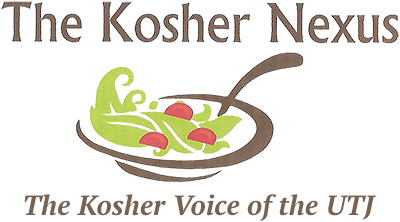The History of Plastic Wrap
Before we dig into whether or not plastic wrap is safe to use in the microwave, let’s take a quick look at how it came to be.
Just like kitchen staple Corningware, plastic wrap is a byproduct of an experiment gone awry. In 1933, Dow Chemical lab worker Ralph Wiley noticed he had a hard time washing out beakers used to develop a dry-cleaning product that would be sprayed onto fighter planes to protect from salty sea spray. The new chemical was polyvinylidene chloride (PVCD), or Saran; its molecules were tightly bound together that water and oxygen couldn’t get through.
Sixteen years later, Dow reworked the spray and developed plastic wrap in 1949 for commercial use. Saran Wrap as we know it in our kitchens today was the first cling wrap designed for household use when it hit the market in 1953. Saran Wrap the brand is now under the SC Johnson umbrella of products.
Is Using Plastic Wrap in the Microwave Safe?
Turning back now to our Smashed Carrots TikTok that had Allrecipes viewers questioning whether or not it’s safe to use plastic wrap in the microwave. To find the definitive answer, we checked in with the experts.
When asked if plastic wrap is safe to use in the microwave, Carrie Rathod, Glad Brand Studio Lead, tells us, “Yes, both our Press’n Seal and Cling’n Seal products are safe for microwave use. We recommend following the directions on our packaging for best results.”
A spokesperson for Saran Wrap agrees that plastic wrap is indeed safe to use in the microwave when used as directed.
Follow these tips and you’ll have perfectly cooked food in the blink of an eye:
- To vent excess steam, turn back one corner of the wrap.
- For optimal results, use a container large enough to allow an inch between the wrap and the food.
- To prevent plastic wrap from melting, food high in fat or sugar—like bacon and pastries—should not come into contact with the plastic wrap.
- Always use caution when removing wrap from heated foods.
One important thing to note is that plastic wrap is not intended for use in conventional stoves, stovetops, toaster ovens, or browning units. Using it in these appliances will likely result in melted plastic in your food.
So there you have it! Now we have to go grab our carrots from the microwave.


Recent Comments